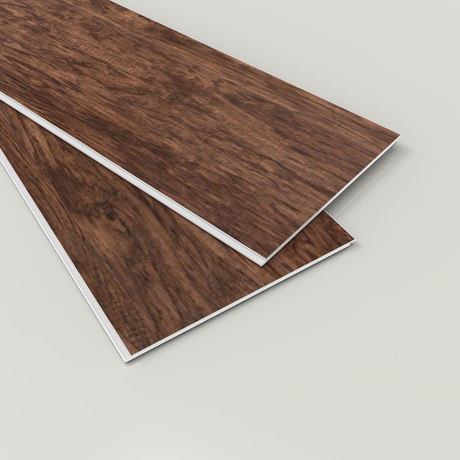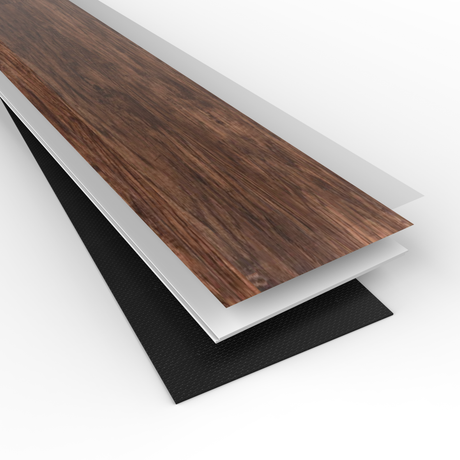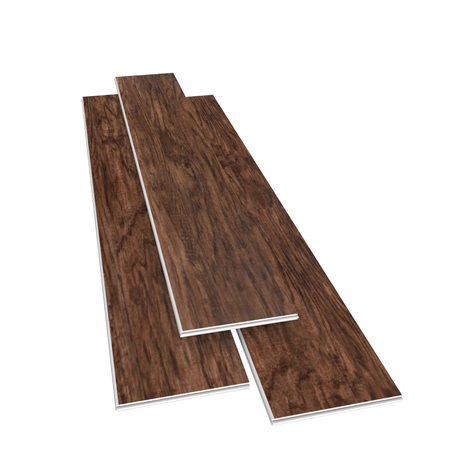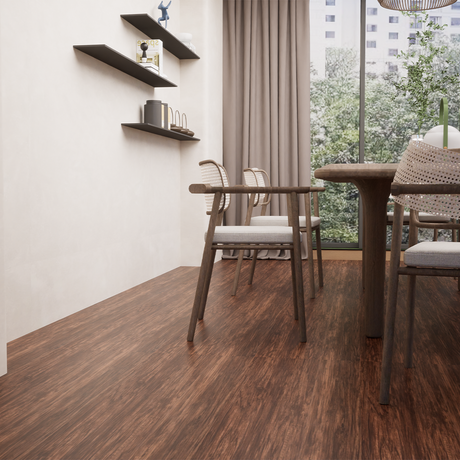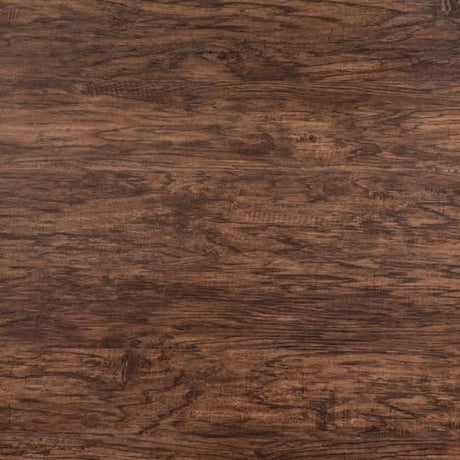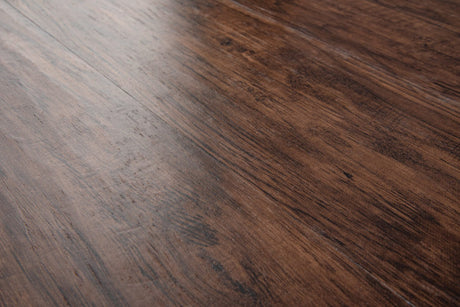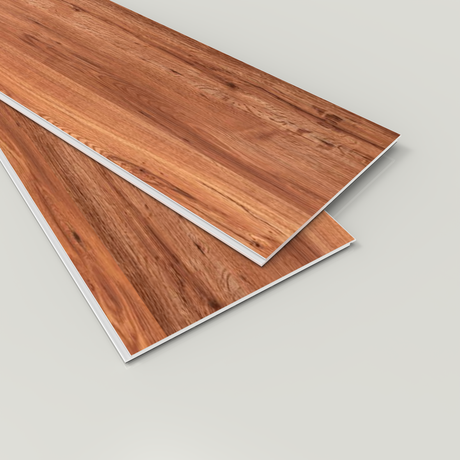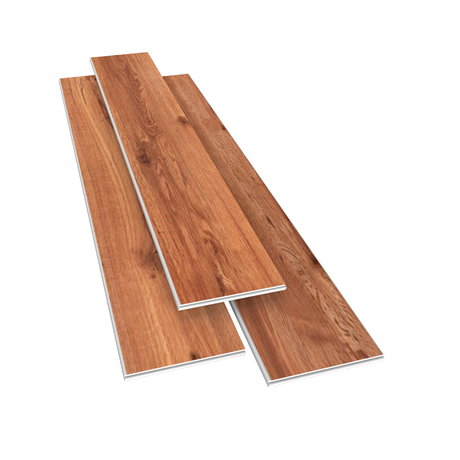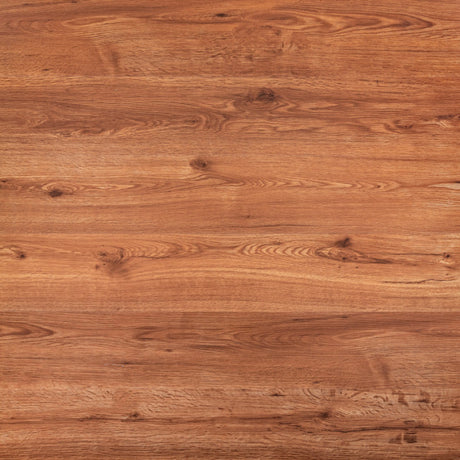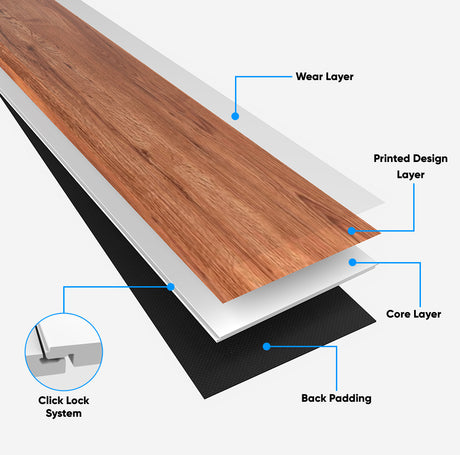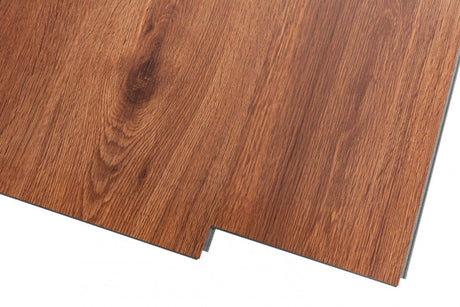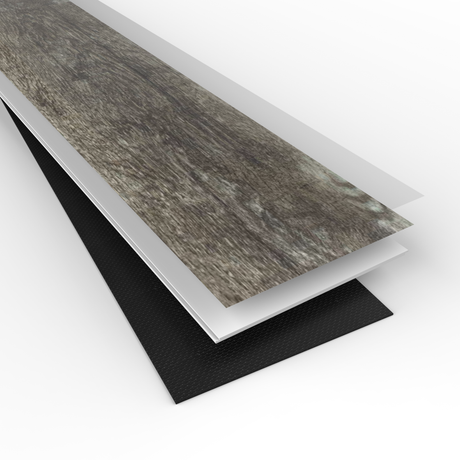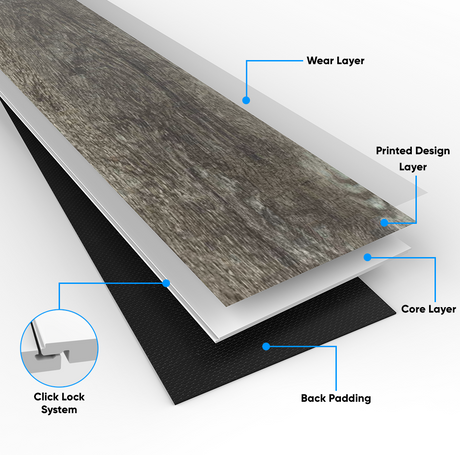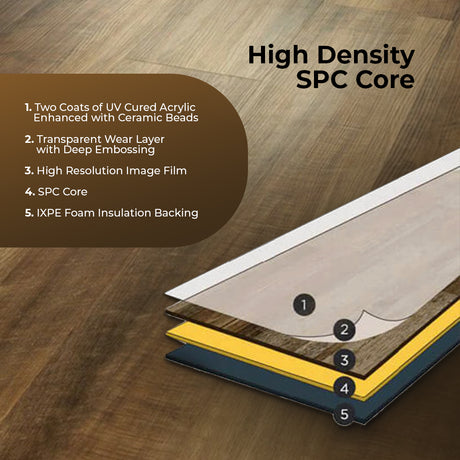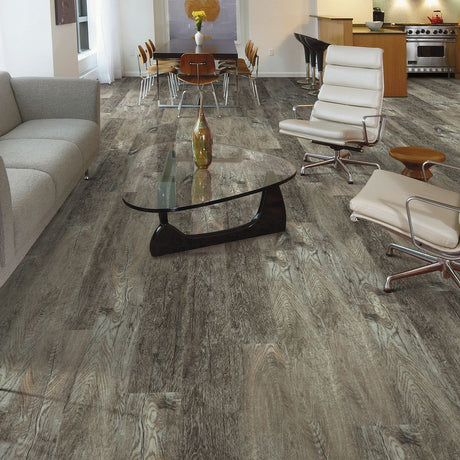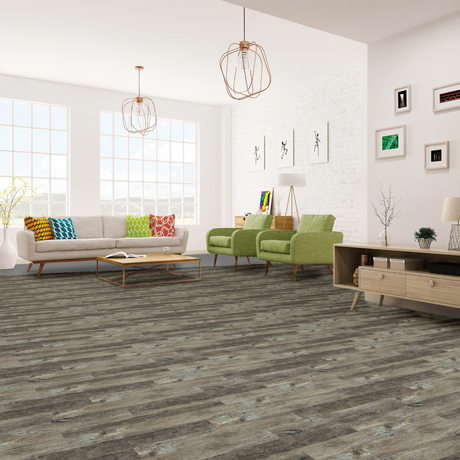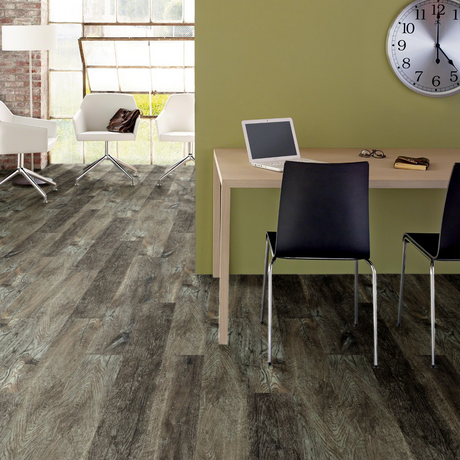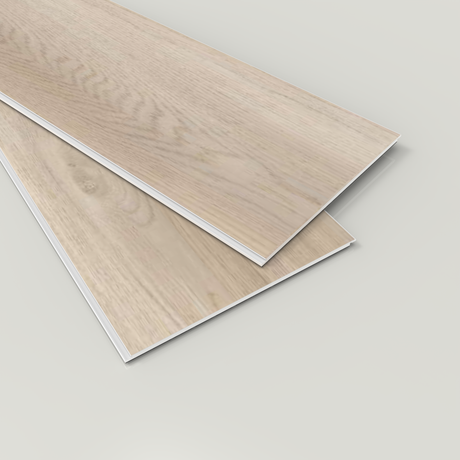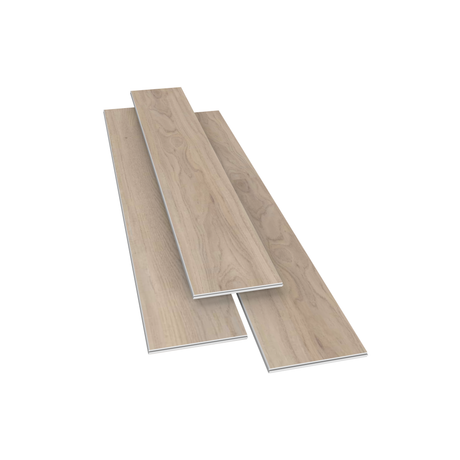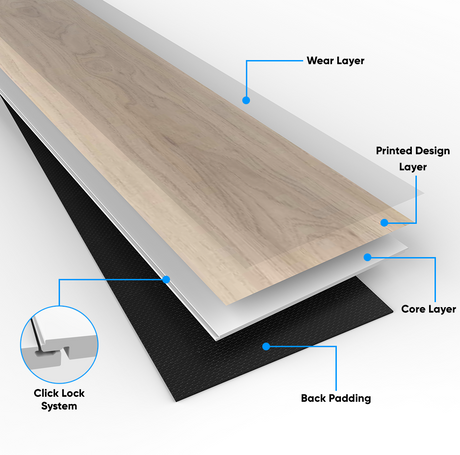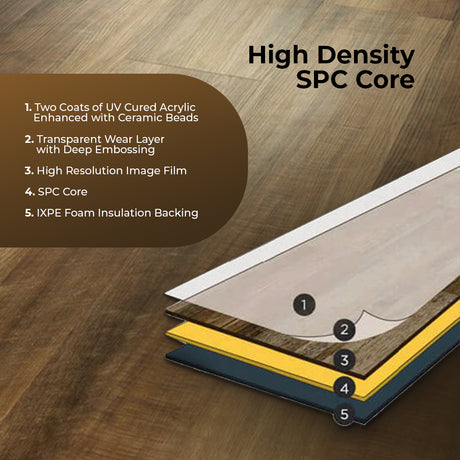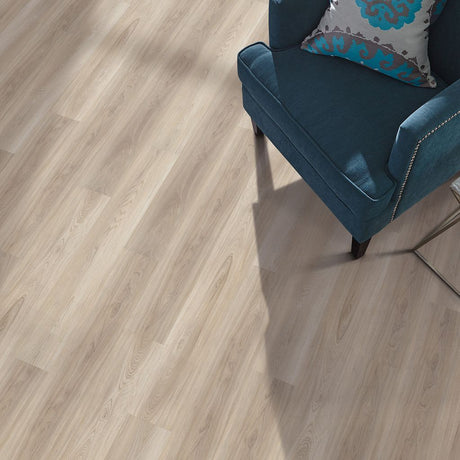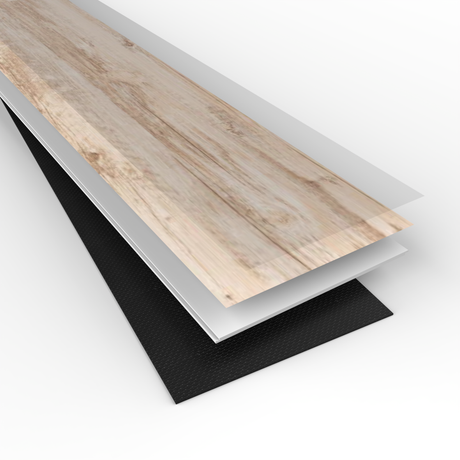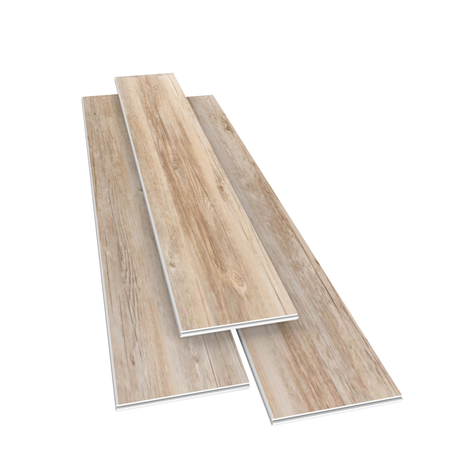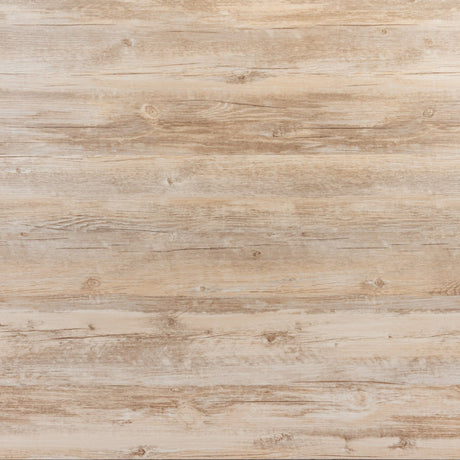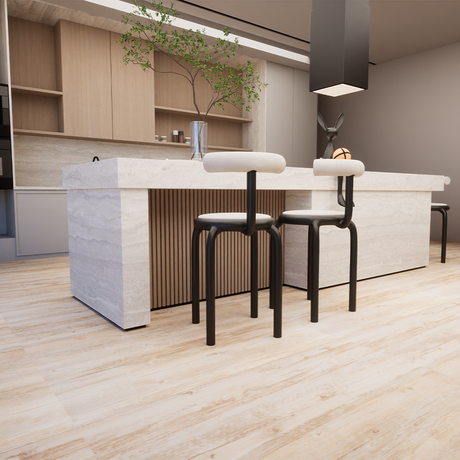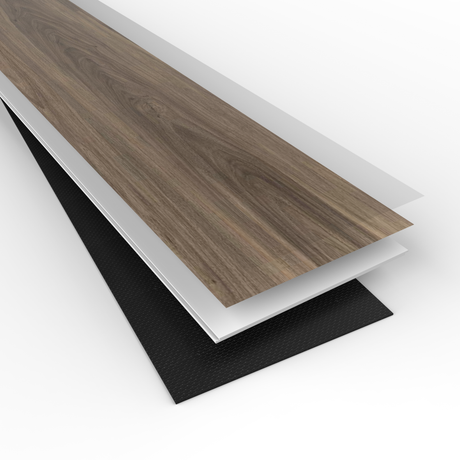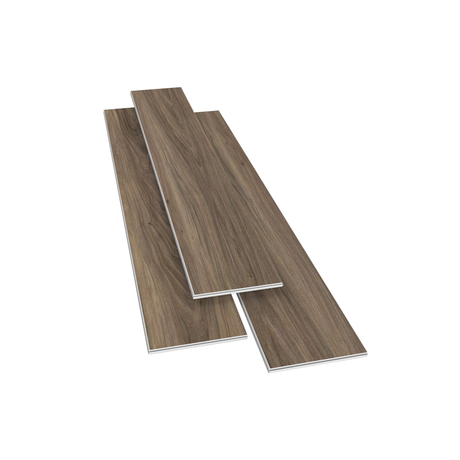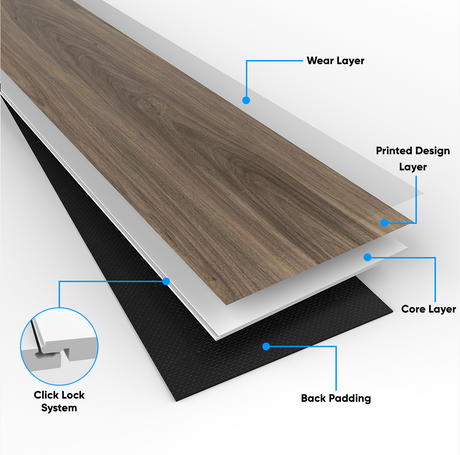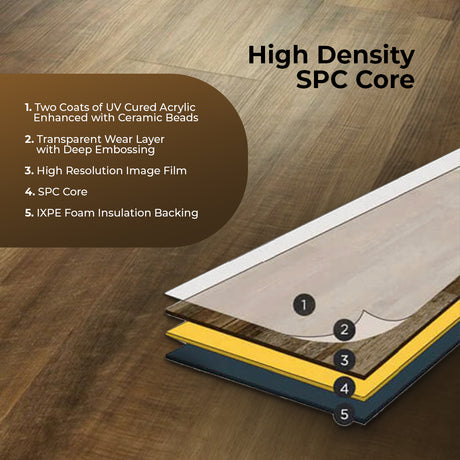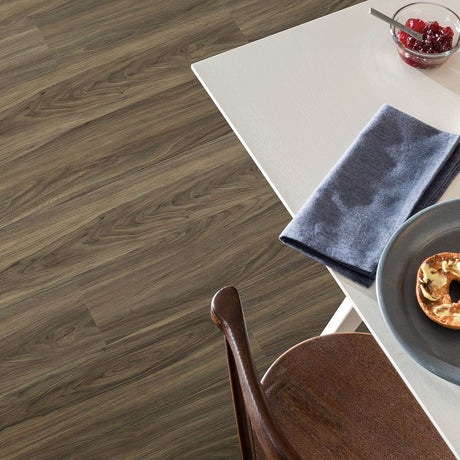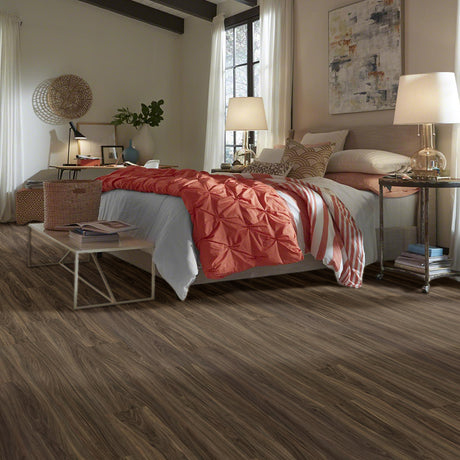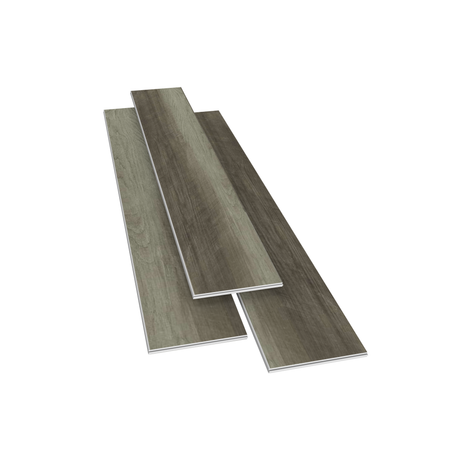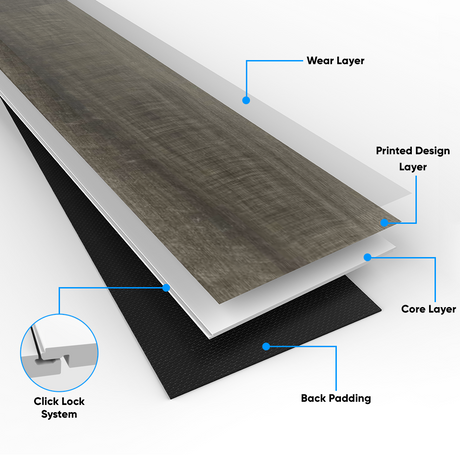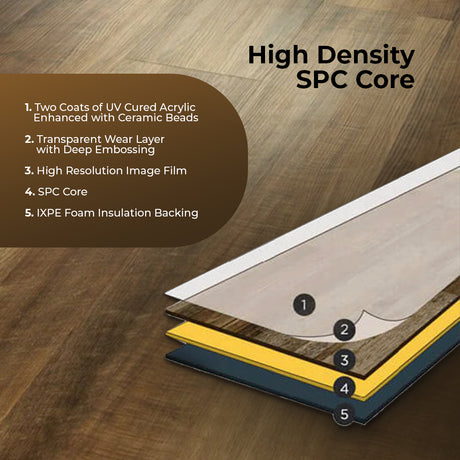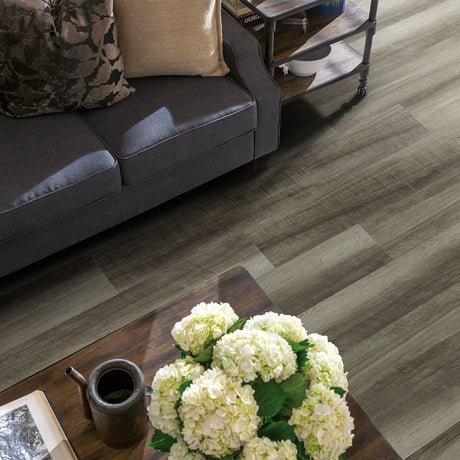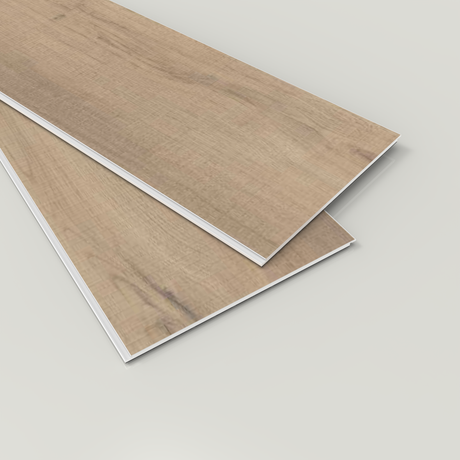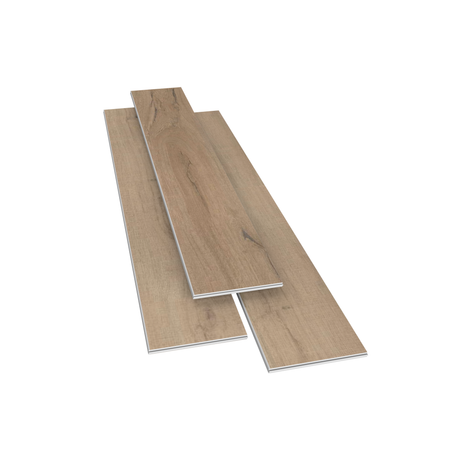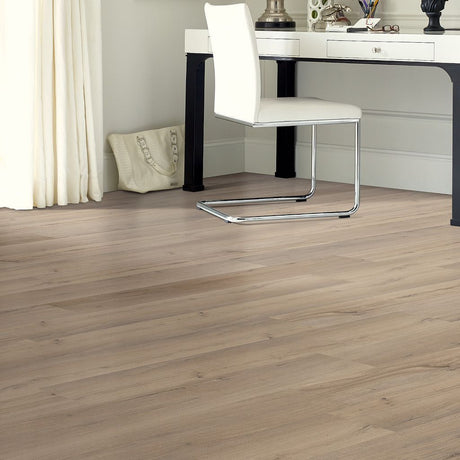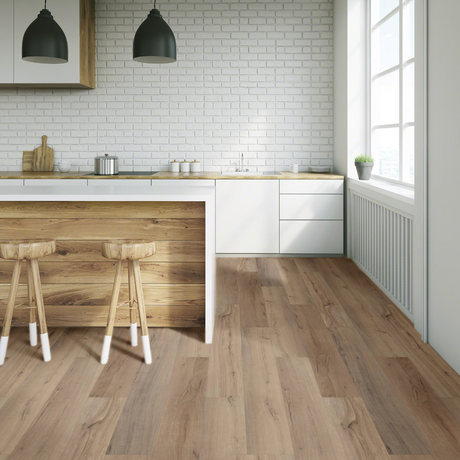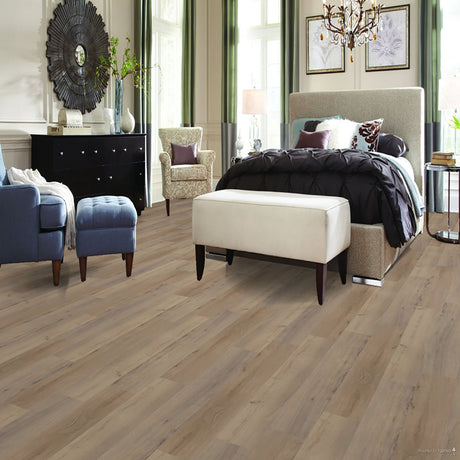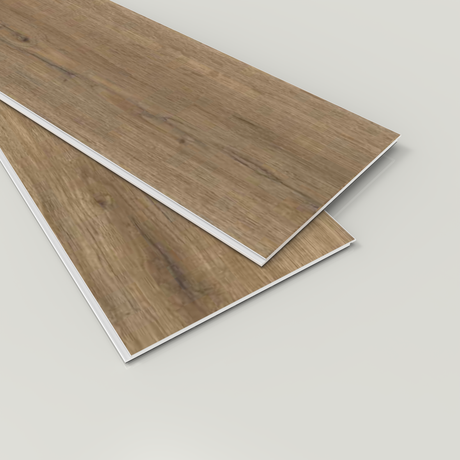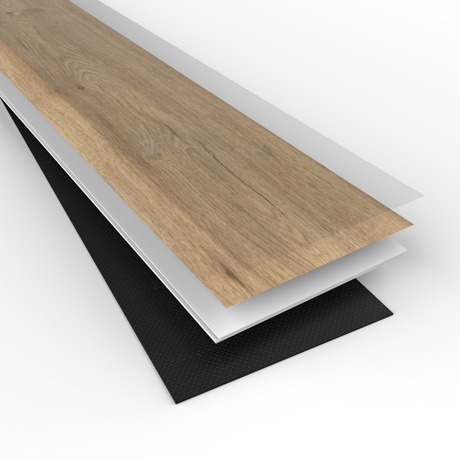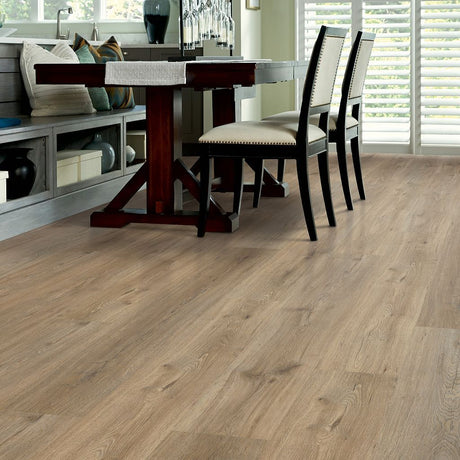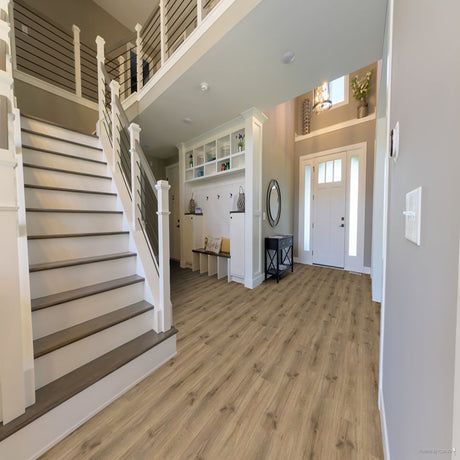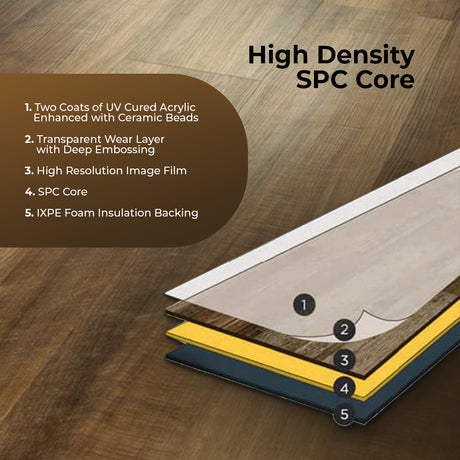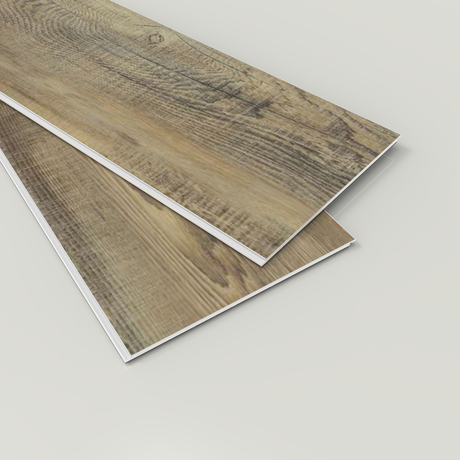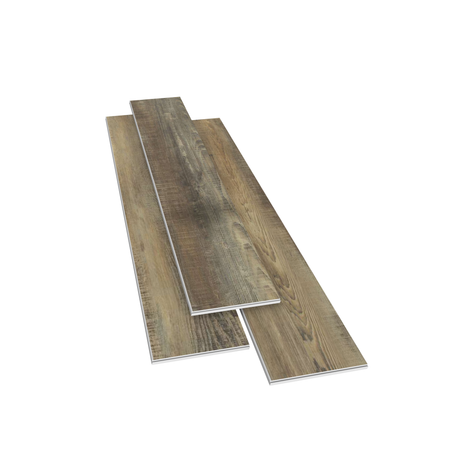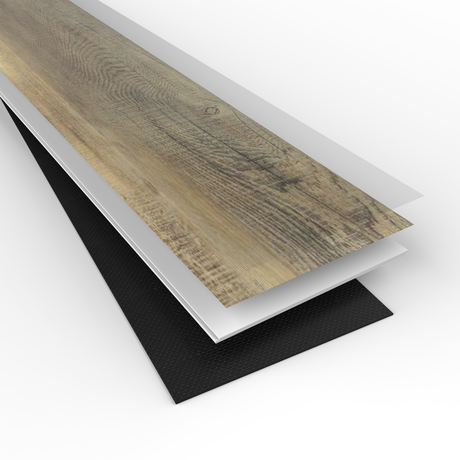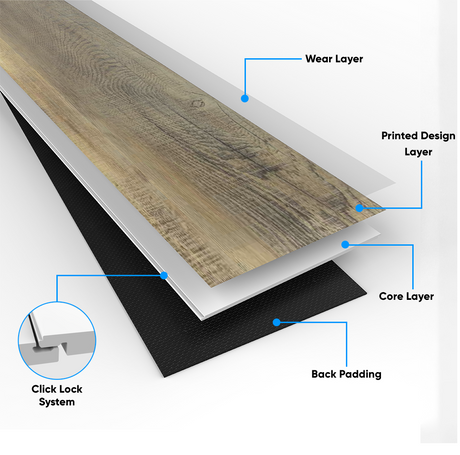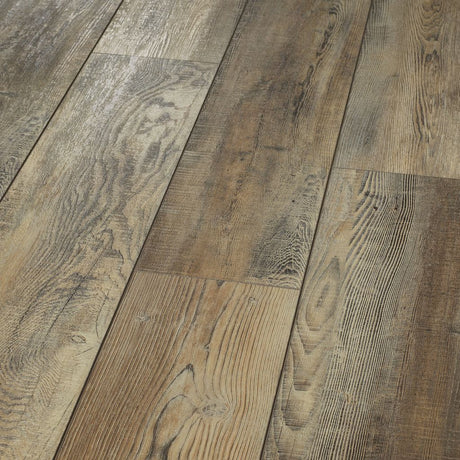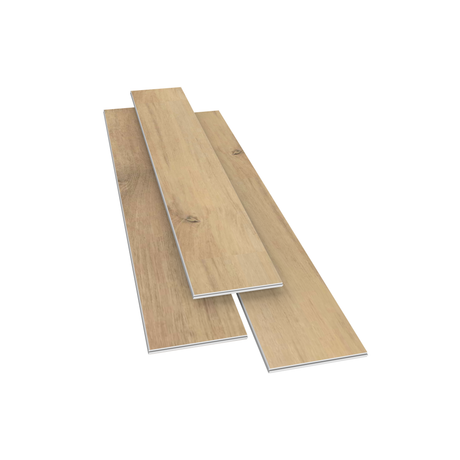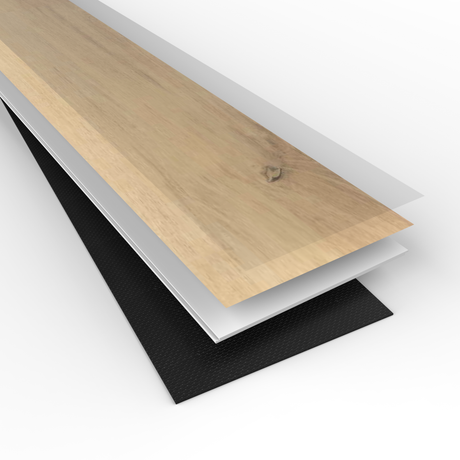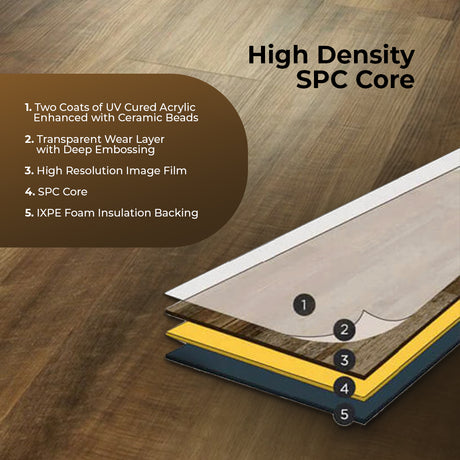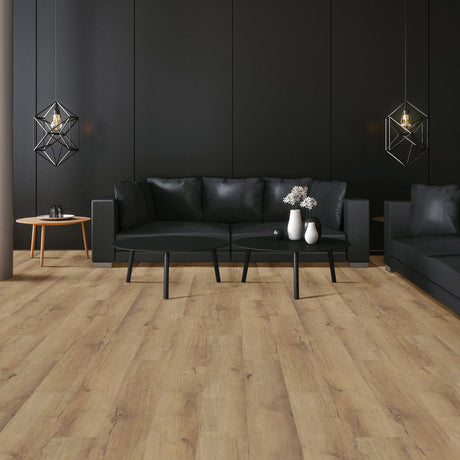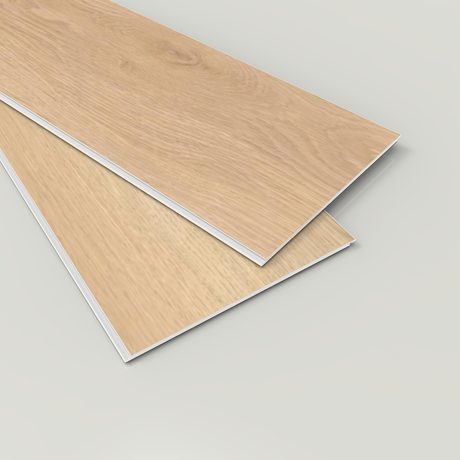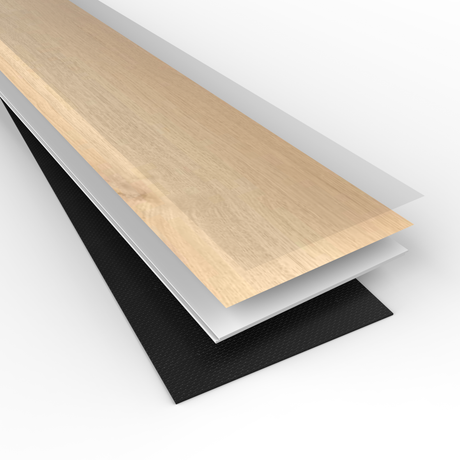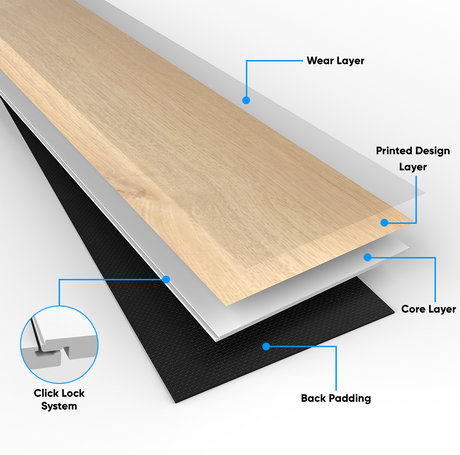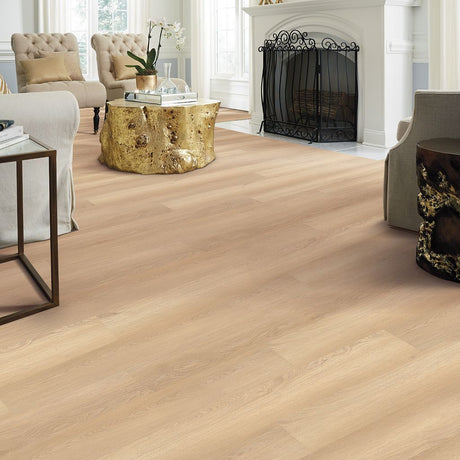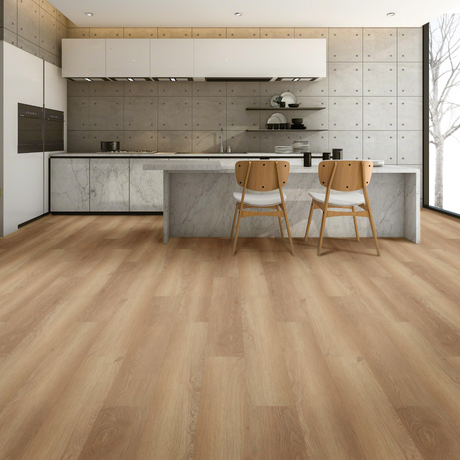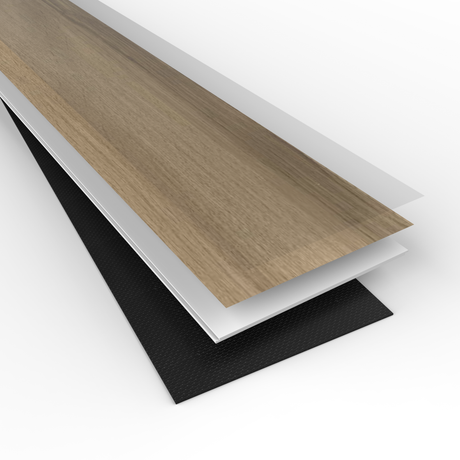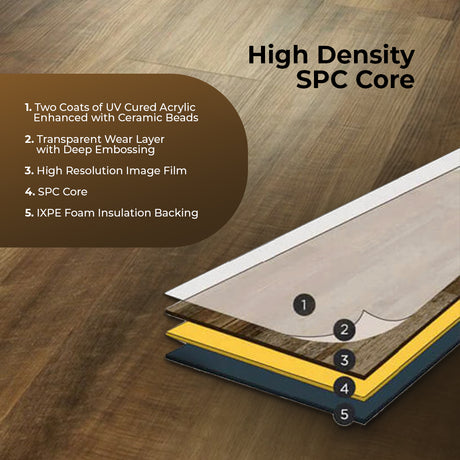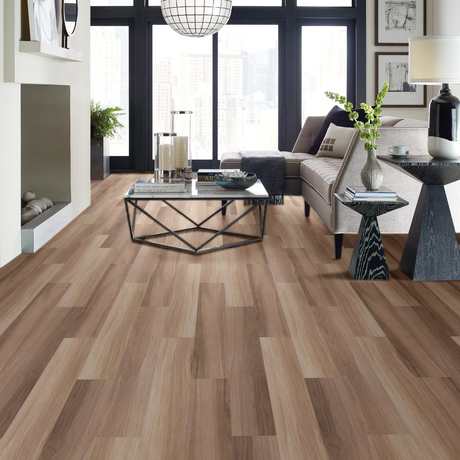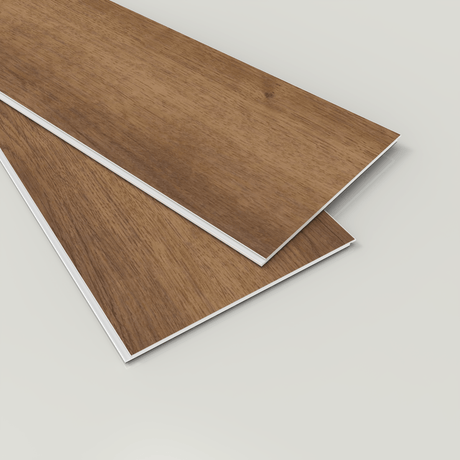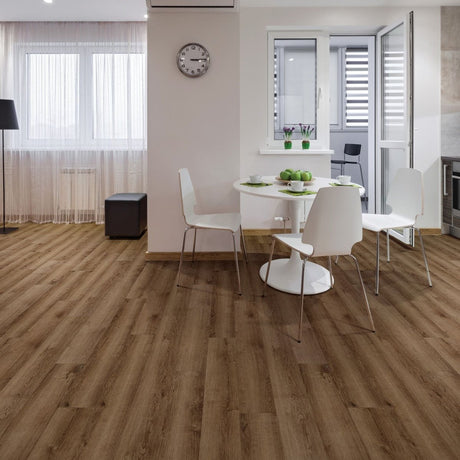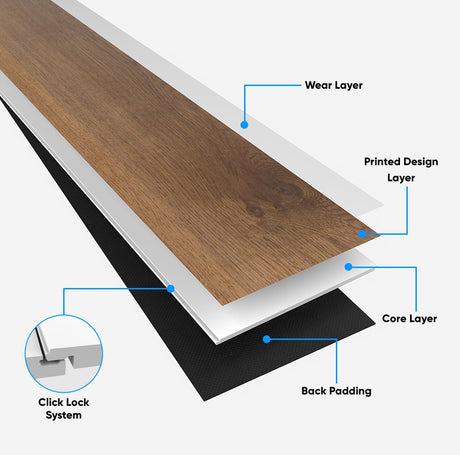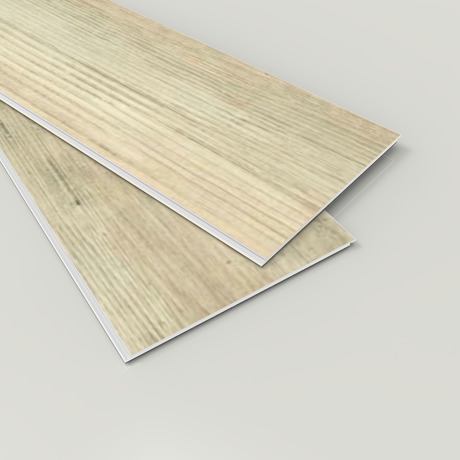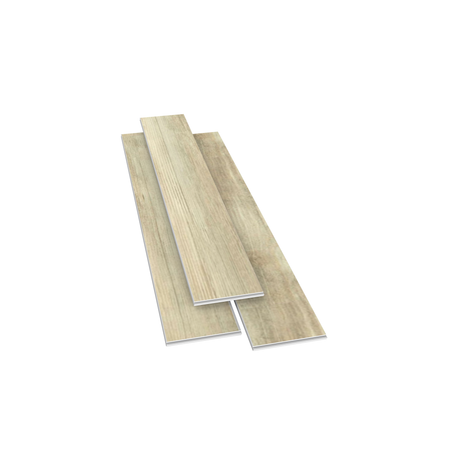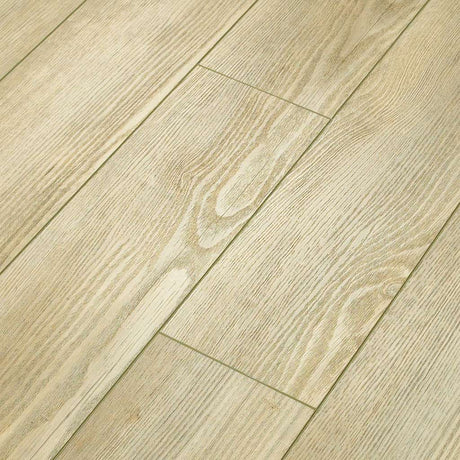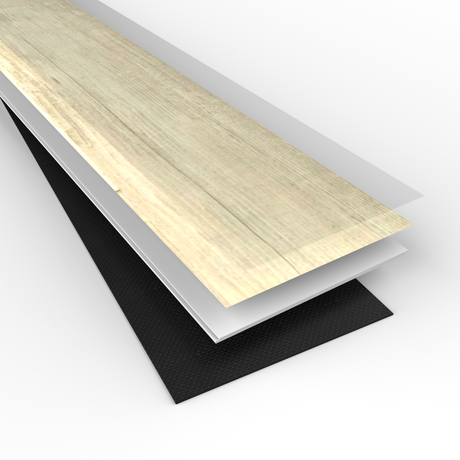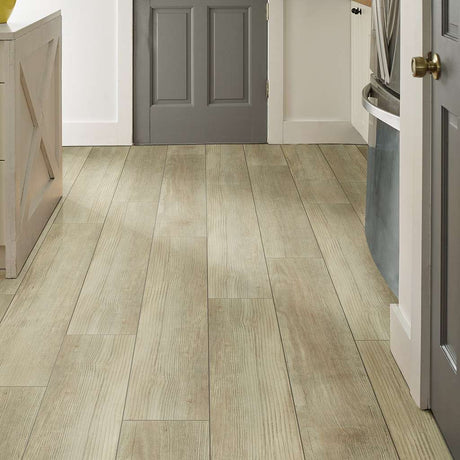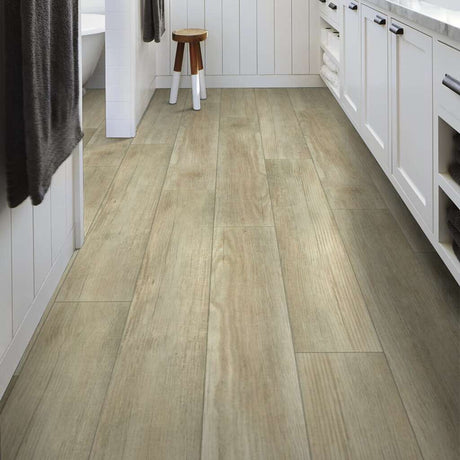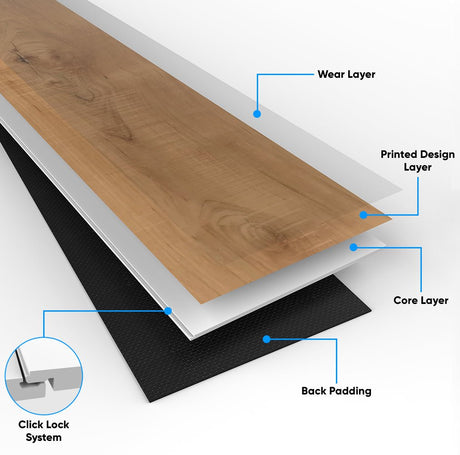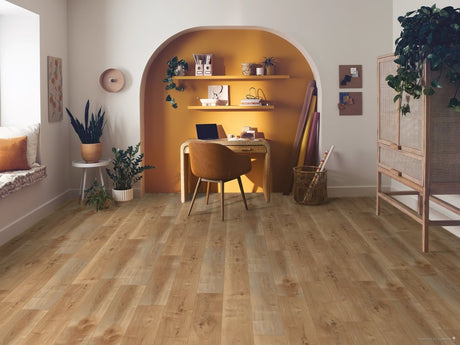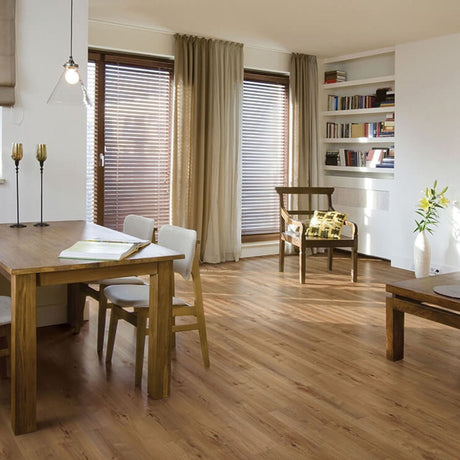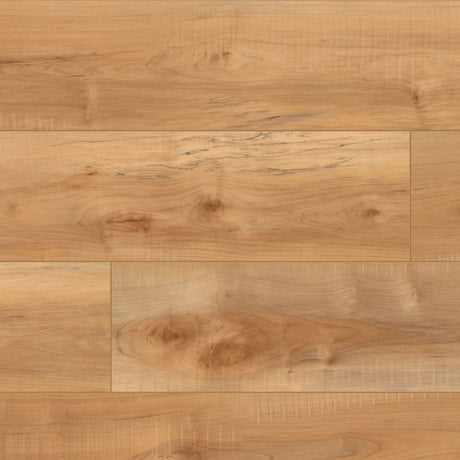- Sold outUp to 33% off
- Sold outUp to 33% off
- Sold out
Welcome to Our Kitchen Flooring Collection
Welcome to BuildMyPlace, where we've got just what you need for your kitchen flooring. We know kitchens can be messy places—spills, splashes, and all. That's why we've picked out flooring that can handle anything and still look great. With us, you're choosing floors that last and bring out the best in your space.
Kitchen Floor Ideas and Options
- Engineered Hardwood: Contrary to what you might expect, engineered hardwood is suitable for kitchens. It combines a real hardwood veneer with a stable core, making it less prone to warping. While it can resist water damage better than solid hardwood, it's still essential to clean up spills quickly to prevent damage.
- Laminate: The best flooring for kitchen is water-resistant or waterproof. Kitchen laminate flooring offers a wide range of styles and is more cost-effective than hardwood. However, it's crucial to choose high-quality options to avoid issues with moisture.
- Vinyl: Known for its durability, ease of cleaning, and water resistance, kitchen waterproof vinyl flooring (including sheet or plank) is a versatile choice. High-quality vinyl with a thick wear layer can last between 10 and 20 years. It's also comfortable underfoot, making it a good option for those who spend a lot of time in the kitchen.
How to Choose the Best Flooring for Kitchen
- Consider Durability: Kitchens are high-traffic areas prone to spills, stains, and wear. Look for materials that can withstand these conditions, such as ceramic or porcelain, brick kitchen floor, LVT, or natural stone. These options are known for their resilience and longevity.
- Ease of Cleaning: Opt for flooring that's easy to clean and maintain. Marble and porcelain, for instance, are relatively simple to wipe down in case of spills. However, grout lines may require extra attention. Kitchen vinyl flooring is also a popular choice for its spill resistance and ease of maintenance.
- Aesthetic Appeal: Your kitchen's flooring should complement the overall design of your home. Regardless of what looks you prefer, there's a wide range of options to suit your style. Wood-look floors or LVT can offer the warmth of wood with the durability of ceramic material or vinyl.
- Comfort and Safety: Consider the comfort underfoot, especially if you spend a lot of time in the kitchen. Materials like cork or padded vinyl offer more cushioning and can be gentler on your feet. Also, look for slip-resistant options to enhance safety, particularly in an area prone to spills.
- Budget: Kitchen floor options come in a broad range of prices. Set a budget beforehand, but remember to factor in the cost of installation and long-term maintenance while finding your best flooring for kitchen. Sometimes, investing a bit more upfront can save money in the long run due to the durability and longevity of the material.
- Environmental Factors: If sustainability is important to you, consider eco-friendly options like bamboo or cork flooring. These materials are renewable and can offer a unique look while being kinder to the environment.
Why Choose Our Kitchen Flooring?
- Moisture-Proof Floors: Our kitchen floor mats resist water, ensuring they last longer and stay strong.
- Wide Range of Styles: Find exactly what you like, from modern to classic designs, to match your home's look.
- Easy to Clean: Our floors are simple to maintain, saving you time and effort.
- Free Expert Advice: Confused about options? Our specialists are here to help you choose the right floor for your space.
How To Do Kitchen Floor Installation?
Tools and Materials
The tools and materials you'll need can include a measuring tape, chalk line, notched trowel, floor cutter or saw, spacers, adhesive or mortar, grout, underlayment, and a level. The specific tools depend on the flooring type you choose.
Preparation
- Remove Old Flooring: Start by removing your existing kitchen flooring. This might involve pulling up old flooring, laminate, or carpeting.
- Prepare the Subfloor: Ensure the subfloor is clean, level, and free of damage. Repair any holes or cracks, and if necessary, use a self-leveling compound to create an even surface.
Choose Your Flooring Material
Material Selection: Decide on the type of flooring you want. Options include laminate, hardwood, vinyl, and more. Each has its own set of specific installation instructions and required tools.
Installation
- Measure and Plan: Measure your kitchen floor accurately and plan the layout of your flooring. For laminate, consider the direction and pattern you want to lay them in.
- Cutting Materials: Depending on your flooring choice, you may need to cut pieces to fit around cabinets, appliances, or corners. Tools like a floor cutter, jigsaw, or circular saw might be required.
- Adhesive and Laying: For plank floors, spread adhesive or thin-set mortar using a notched trowel, and place the planks carefully, using spacers to maintain even gaps. For laminate or vinyl planks, follow the manufacturer's instructions regarding kitchen floor installation for snapping planks together or adhering them to the subfloor.
- Underlayment: For laminate and some types of vinyl, lay an underlayment before installing the flooring. This helps with cushioning, soundproofing, and moisture protection.
Finishing Touches
- Grouting: If you've installed tile, you'll need to grout the spaces between the tiles once the adhesive has set. Wipe away excess grout with a damp sponge.
- Trim and Molding: Install baseboard trim or molding around the edges of the room to cover expansion gaps and provide a finished look.
- Sealing: Some flooring types, like natural stone floors, may require sealing after kitchen floor installation to protect against stains and moisture.
Post-Installation Care
- Cleaning: Clean your new floor according to the manufacturer's instructions to avoid damaging the surface.
- Maintenance: Perform regular maintenance to keep your floor looking its best, which might include polishing, sealing, or refinishing over time.
Each type of kitchen flooring material comes with its unique challenges and benefits, so it’s important to follow the manufacturer’s installation guidelines closely. If you’re not confident in your DIY skills, consider hiring a professional to ensure the best results.
Average Cost of Kitchen Flooring
- Hardwood Flooring: Kitchen Flooring cost ranges between $2.5 and $14 per square foot.
- Laminate Flooring: The kitchen flooring cost for laminate per square foot is about $3 to $8, potentially reaching up to $10 per square foot with installation.
- Vinyl Flooring: These materials can cost between $700 and $5,000 for the material alone, with installation costs running between $3,000 and $7,000 for a 1000-square-foot room. Per square foot, the cost falls between $0.7 and $5.
- Natural Stone Flooring: This is the most expensive kitchen floor option, ranging from $15.00 to $26.00 per square foot.
Designed for the Heart & Haven of Your Home
Kitchens are the soul of our homes busy, messy, but full of life. That's why we've tailored our flooring to not just match your style but to live up to the daily challenges. Our home and commercial kitchen flooring range keeps it simple yet resilient, ensuring your kitchen stays welcoming and practical, ready for whatever the day brings.
Dive into our Collection
Give your kitchen a fresh look that lasts. Search for ‘kitchen floor installation near me’. Check out our kitchen flooring collection, order some samples, or chat with us for tips. Finding the perfect floor is just a click away!






